Change may be inevitable, but implementing a change in your business processes without an implementation plan may not lead to the change you were hoping for. To make sure your team is as ready for the change as you are, it’s essential to develop a rollout plan that includes the proper training and technology support. In this post, we’ll walk through what you need to know about developing a successful change rollout plan for your organization.
Develop Your Rollout Plan
A rollout plan outlines the steps you’ll take to implement your change. Creating a plan will help you determine how and when to implement your changes.
- Define the problem before starting on a solution. Before deciding how best to approach implementing change, it’s important that you first understand what needs solving–and why it needs solving. This can be achieved through research into existing company data (e.g., employee satisfaction surveys), interviews with key people within the organization, or simply by observing the day-to-day operations of your business over time.
- Select a champion to help guide your team through the change. This person should be someone who has influence over others on your team and can help them understand why this new process is important for everyone involved.
- Test your new process with a select group of team members. These team members may be your management team or one specific department in your company.
- Determine your goal in rolling out your new process. Before rolling out your changes to the rest of your team, define what success looks like. Identifying and explaining what success looks like will greatly increase your chances of achieving that success.
- Schedule the rollout plan and determine when the changes will be presented, when training should be complete, and when the team will be accountable for the new process. We like to use gamification for each goal in the rollout to make it fun for team members to embrace the change.
Develop Training for Your Workforce
The next step in creating your rollout plan is to develop a training program that meets your team’s needs. Although training can be done through a combination of classroom training, online training, or external providers, we suggest adding a digital component!
Understand the needs of your workforce and then determine how these needs can be met through technology-based learning. Use technology-based learning as much as possible. This type of training is more cost-effective than traditional methods such as live meetings and retraining each new employee. We suggest creating video training and documenting them in a digital operations manual. A digital manual is easy to update and access, so your team can reference the training anytime. Housing training on a digital platform such as Trainual or Whale is ideal because whenever the team has a task question, they can reference the documented training instead of asking you!
Leverage Technology to Implement Your Plan
Utilizing training software such as Trainual or Whale help you implement your rollout plan. The software can help you track each user’s progress through the change process. It can also provide updates and report on their progress as they go. Adding quizzes helps identify where people are struggling with the new system and allows you to adjust the training as necessary.
Communicate the Plan with Your Team!
Once you’ve prepared your rollout plan, it’s time to communicate it with your team.
- Start by sharing the plan with your champion.
- Next, create a communication plan that includes:
- How often you’ll update everyone about progress (weekly meetings are usually best)
- Which team members will be responsible for communicating specific parts of the rollout plan
- Dates to start and complete training
Although change is hard on a team, it is essential to improve and increase efficiency. With a solid rollout plan, you can be sure that your team will implement changes smoothly and effectively. To make it easy for you, we’ve developed a shared file on Rolling Out a New CRM that you can swipe and use!




